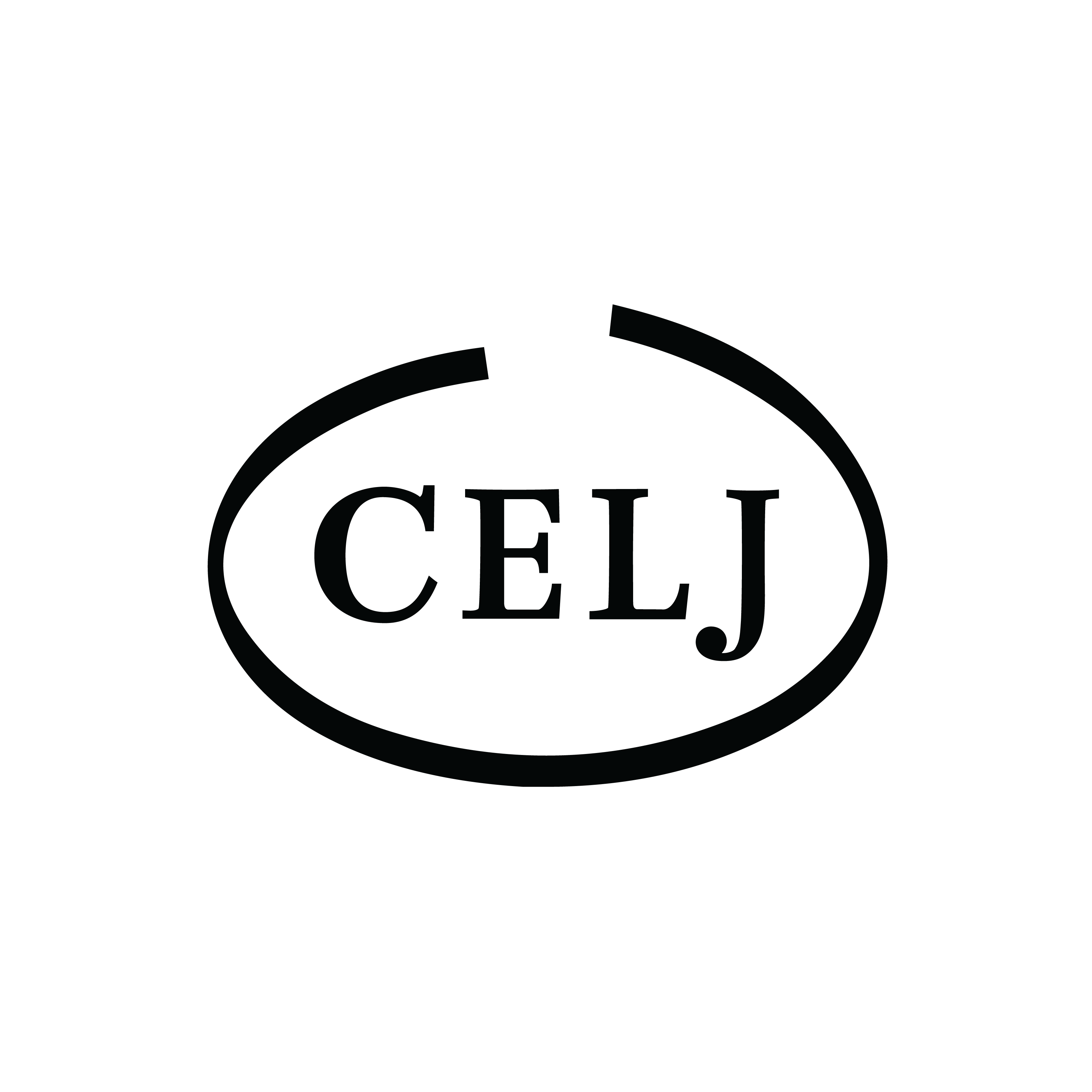Science Communication and Writing Studies in a Multimodal World
30.1 Fall 2025
Logging On
Logging On
Michael J. Faris, Editor
-
Introduction
-
Introduction to the Special Issue
Karen Lunsford, Kara Mae Brown, Rebecca Chenoweth, Kenneth Smith, and Amanda Stansell, Special Issue Editors
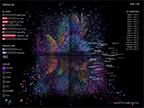
In this special issue, we highlight the role that Writing Studies can play in bringing together disparate areas of science, focusing on how to create effective practices for engaging audience(s), and how that engagement may be enhanced through the multimodal content that characterizes much of science communication. In this special issue, the contributors take up these themes of dynamic multimodal content, the relationships among scientists and the public, and the best methods for engaging audiences.
-
-
Topoi
-
Hello, Black World: Du Bois, Data, and a Visual Reflection of the Black Past and Present
Amy Yeboah Quarkume, Arjun Phull, Anuj Gupta, Duo Bao, Jade Flint, Amelia Matheson, and Bryan Carter
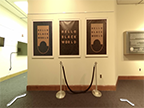
W.E.B. Du Bois clearly understood that simply collecting data was not enough; rather, it needed to be presented in a way that was accessible and engaging for the everyday person. “Hello Black World” pushes Du Bois' model further by incorporating 3D visuals, augmented reality (AR) and virtual reality (VR). This new exhibit allows viewers to easily compare the statistical 2D graphs of Du Bois' time with present information in 3D.
-
From Information to Action: Technical (Science) Communication and Digital Engagement
Daniel Card and Danielle DeVasto
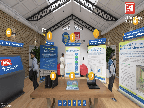
We provide a tour of the ecology of emerging digital tools and artifacts that increasingly mediate public engagement with science in the context of environmental decision making. As our examination of emerging technologies in this context illustrates, while not all technical communication is science communication, science communication is increasingly also productively viewed as technical communication.
-
North Woods Project: Mobilizing Digital Field Methods and Art-Based Research for Science Communication and Environmental Advocacy
Madison Jones, Ally Overbay, Joseph Ahart, AnnaFaith Jorgensen, Ashley Katusa, Erin Edmonds, and Travess Smalley
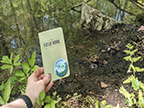
This webtext juxtaposes six exercises in place-based writing, locative, media, and creative methods during a “BioBlitz” held at a nature reserve. Four frameworks inform the six educational interventions: “creative-critical electorate fieldwork,” Indigenous environmental justice, deep mapping and critical cartography, and analog/digital/post-digital writing. Readers can explore descriptions of all six workshops, authored by the facilitators. Together, the pieces that make up the “North Woods Project” show the array of paths that researchers and practitioners in arts, sciences, and technology can take when united by a single location and a shared theoretical framework.
-
Bite-Sized Science: Student Interactions with Public Science Communication
Caitlin Martin, Sandy Branham, Jenna Hejnar, Jennifer Wojton, and Jessica Snitko
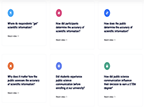
The webtext presents a study on student attitudes toward public-facing science communication. Drawing upon a set of short 5-7 minute “bite-sized” interviews with 21 students at a STEM-focused institution, the researchers reveal the students’ thoughts about how to determine the accuracy of scientific media, the role it played in their educational journey, and their thoughts about the public’s ability to assess information.
-
"We Lied to You...And We'll Do It Again" — Communicating Science via YouTube
Sarah Young, Simone Driessen, Jason Pridmore, and Teresa Davis
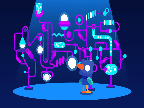
We argue that the commonly used metrics for science communication video engagement, such as the number of views, reveal little about the longer-term impact on viewers. To explore this potential impact, the authors analyzed the comments of a video they created with Kurzgesagt, a professional science communication YouTube channel with 20 million subscribers. The video, “We lied to you…and we’ll do it again,” directly addresses the challenges of simplifying complex content for viewers. Such simplifications will never be able to capture a scientific topic’s nuances, so Kurzgesagt strives for transparency about each video’s limitations, with the goal of inspiring viewers to learn more.
-
-
Praxis
-
Exploring Sustainable Design: An Inquiry-Based Multimodal Approach to Youth Science Communication
Stephen J. Quigley, Abigail Zimmeran, Raquel Buege, Destin Natele Cappello-Perez, and Ashanti Duncan
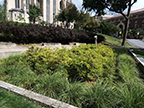
This webtext shares the curriculum for a day camp workshop that invites pre-teen students to learn about and engage with sustainable design practices, and to share their observations and findings through discussions and multimodal webtexts. They also discuss the value of addressing sustainable practices from multiple age perspectives, and based on multiple sites—a pollinator garden, a bike repair shop, a thrift store, and more.
-
"How Did You End Up Teaching This Course?" Profiles in Science Communication Pedagogy
Karen Lunsford, Kara Mae Brown, Rebecca Chenoweth, John Schrank, Kenneth Smith, Stansell, and Kali Yamboliev

In this collection, we present the perspectives of seven different writing instructors from backgrounds ranging from comparative literature, creative writing, English, history, and writing studies. We all work in the UC Santa Barbara Writing Program, which has multiple upper-division courses and a Professional Writing Minor track in Science Communication. Here we share our different pedagogical reflections, as well as specific assignments, to illustrate a range of interdisciplinary lenses that can be brought to the classroom.
-
